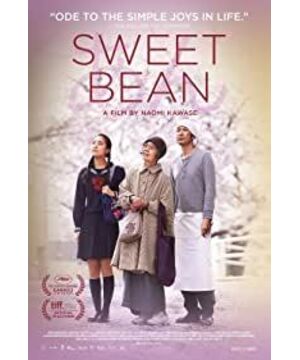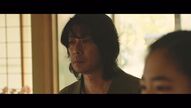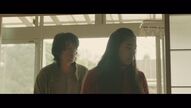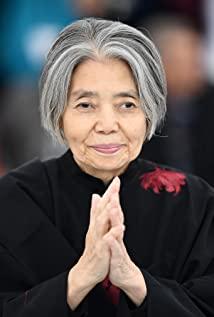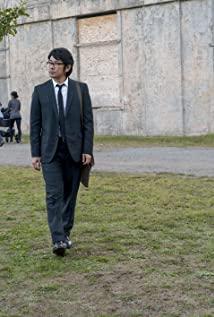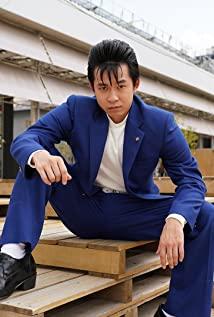This is a life story that started in spring in a small dorayaki shop on the street. From the moment he appeared on the stage, the old man Dejiang played by KiKi KiRin told the audience that she was a person with a story with a rickety figure, red fingers, and eager requests. But the mystery has to be revealed until the end. The most appetizing thing is how to make the most delicious dorayaki in the world. This story is about the interaction between a sick old man and the surroundings, and all this happened in this small dorayaki shop. Putting aside the chicken soup remarks made by heart and talking with it, the film truthfully describes the production process of red bean paste, from selection, cleaning, filtering, steaming, soaking, sweetening, stirring, and then adding maltose. It takes at least six hours to ensure the taste and sweetness of the red bean paste after a trip, and the big bucket of "red bean paste" made by industrialization can be lost in seconds. Facing the red beans that are full of particles and luster, the people feel smooth. Sentaro, who had worked hard for most of the day, flushed. I once felt that the movie was too idealistic. If you make a good thing, someone will buy it, and there will be a line of people in line. Unexpectedly, the deliciousness is amazing, and the spread of rumors is also amazing.
Closely related to leprosy and social issues, the leprosy sanatorium is in a paradise-like environment embraced by the forest. The movie quickly turned to Naomi Kawase's three old things: everything in the world has a language. The lens deliberately leaked the light, the transparent forest and the big trees. The moon is so beautiful and the dorayaki is so delicious. In Naomi Kawase's heart, there is always a praying girl. All red beans are hard, what kind of journey they have gone through before they came to your hands. The wind through the holly tree is to write a letter. As for the content of the letters, and even the tapes left behind, they are actually Naomi Kawase's voice. It is the story of a girl and a mother-in-law that runs through Kawase's directorial career, the ultimate realization of one life being handed over to another.
It is not difficult to find that this story about isolation and conflict, Naomi Kawase did not take it over and over, nervous and beautiful. She believes even more in the dialogues of the scripts, able to communicate in space, transcend the heart and soul of life and death, and think quietly.
Fortunately, after summarizing the news reports of leprosy patients and Japanese society, "あん" did not intend to isolate itself from the subject of healing. Just as spring is full of red bean paste, summer is a girl’s smile, autumn is golden dorayaki, and winter is invisible death. Naomi Kawase has been enjoying the change of seasons since the documentary era .


